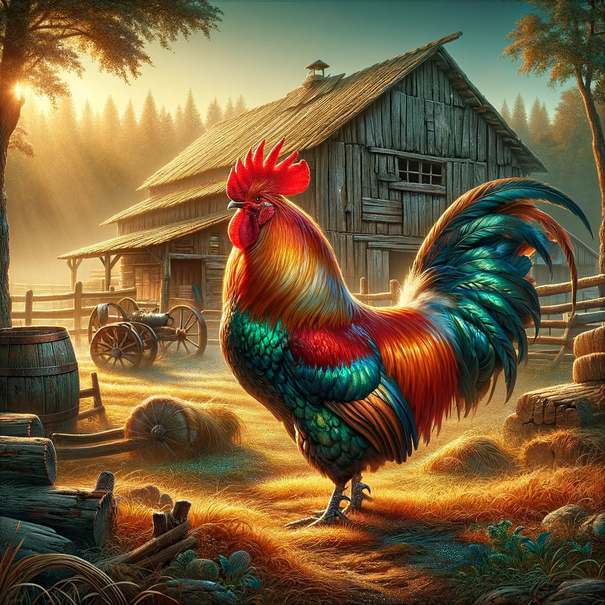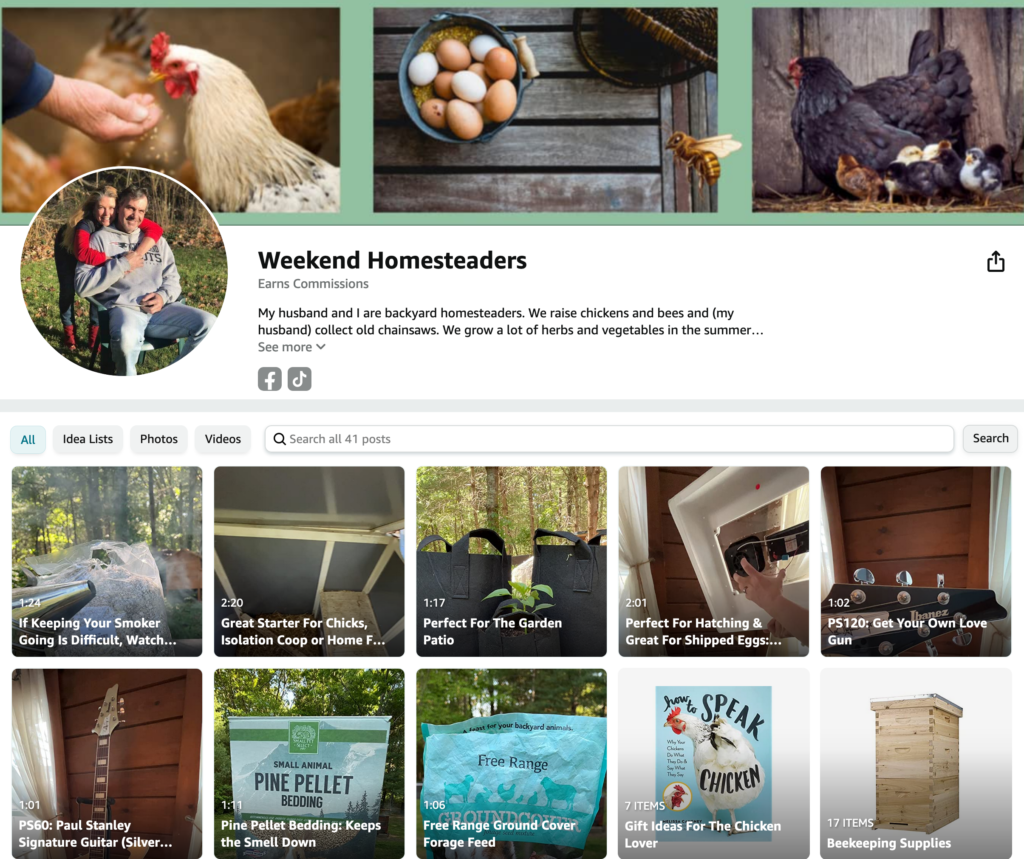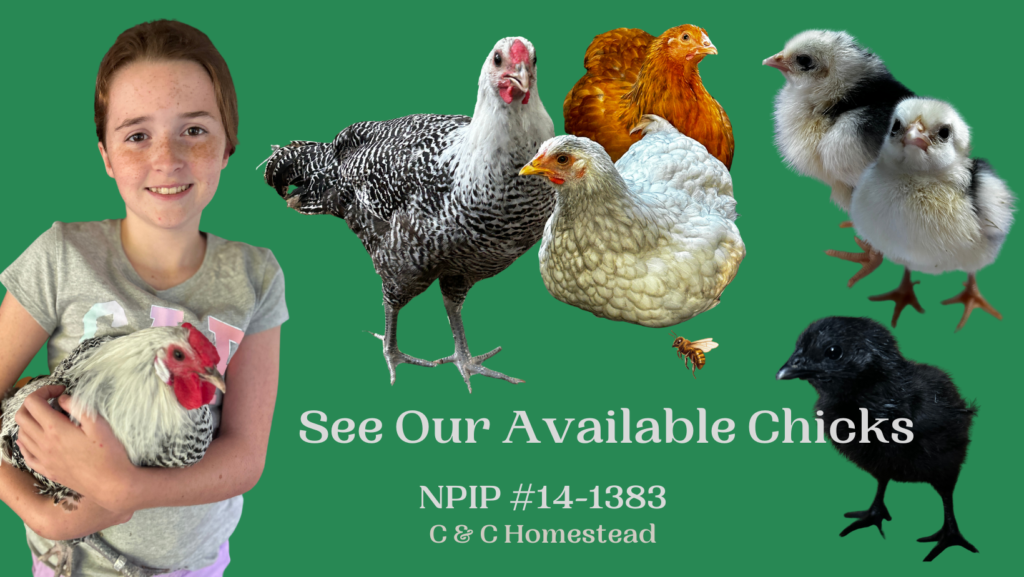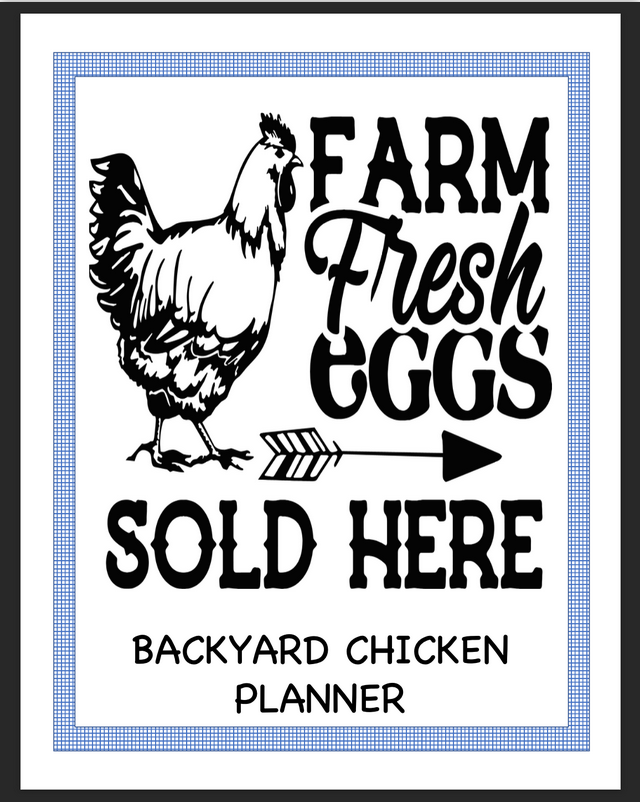Balancing Corporate & Homesteading Lifestyles
Roo-Tastic Revelations: What Could Go Wrong With Keeping A Rooster

While roosters play a crucial role in flock management, protection, and breeding, their behavior and the logistics of keeping them can present challenges. Understanding these potential issues can help poultry keepers make informed decisions about whether and how to incorporate roosters into their flocks.
Before you add a rooster to your flock, it's always a good idea to do a little research so you know what to expect.
1. Aggression/Overly Protective
- Towards Humans: Roosters can become aggressive towards people, especially during the breeding season or if they feel their flock is threatened.
- Towards Other Animals: They might also show aggression towards pets or other farm animals.
- Within the Flock: Aggressive behavior towards hens can cause injuries or stress within the flock.
2. Noise
- Early Morning Crow: Roosters crow at dawn, which can be disruptive, especially in urban or suburban areas.
- Frequent Crowing: They don't just crow at sunrise but can do so throughout the day, which might be problematic for neighbors.
3. Breeding Concerns
- Overbreeding: Roosters may over-mate with hens, leading to stress, feather loss, or injuries among the hens.
- Unwanted Fertilization: For keepers not interested in hatching chicks, the presence of a rooster means eggs will be fertilized.
4. Legal and Zoning Issues
- Local Regulations: Many urban and suburban areas have ordinances against keeping roosters due to noise concerns.
- Zoning Restrictions: Certain zoning laws may restrict the keeping of roosters on properties not zoned for agricultural use.
5. Feed and Care
- Resource Allocation: Roosters require food, space, and care but do not produce eggs, leading some to view them as less economically viable.
- Health Management: Managing the health of roosters, especially if they are prone to fighting, can be challenging and require additional resources.
6. Territorial Behavior
- Space Issues: Roosters can be territorial, which may lead to conflicts if space is limited.
- Integration Challenges: Introducing new birds into a flock can be more difficult with a territorial rooster.
7. Flock Dynamics
- Imbalanced Ratios: Having too many roosters can lead to a disrupted pecking order, stress, and injuries among birds.
- Selective Breeding: For those interested in breeding, an unwanted rooster can complicate selective breeding plans.
8. Handling Difficulties
- Training Challenges: Roosters can be harder to handle and train, especially if they are very protective or skittish.
- Transportation and Housing: Moving roosters or finding them new homes can be difficult due to their protective tendencies and the noise they produce.
9. Emotional Attachment
- Attachment Issues: Owners may become attached to roosters that they cannot legally keep or that cause problems within the flock.
- Decision to Cull: Making the decision to cull aggressive or unwanted roosters can be emotionally challenging for some keepers.
Generally speaking, hens lay 50% cockerels (boys) and 50% pullets (girls). With the average flock ratio of 8-10 hens per rooster, that equals a lot of unwanted boys.
In addition to this, many people accidentally end up with a rooster. They handle them from time to time and all seems well ... then puberty hits, the boy gets feisty, protective, and starts flogging anything that comes in his territory ... he's labeled aggressive ... and the next day soup.
Preparation is half the battle. Roosters aren't for everyone but for those of us who keep them, they are an amazing addition to our flocks.



